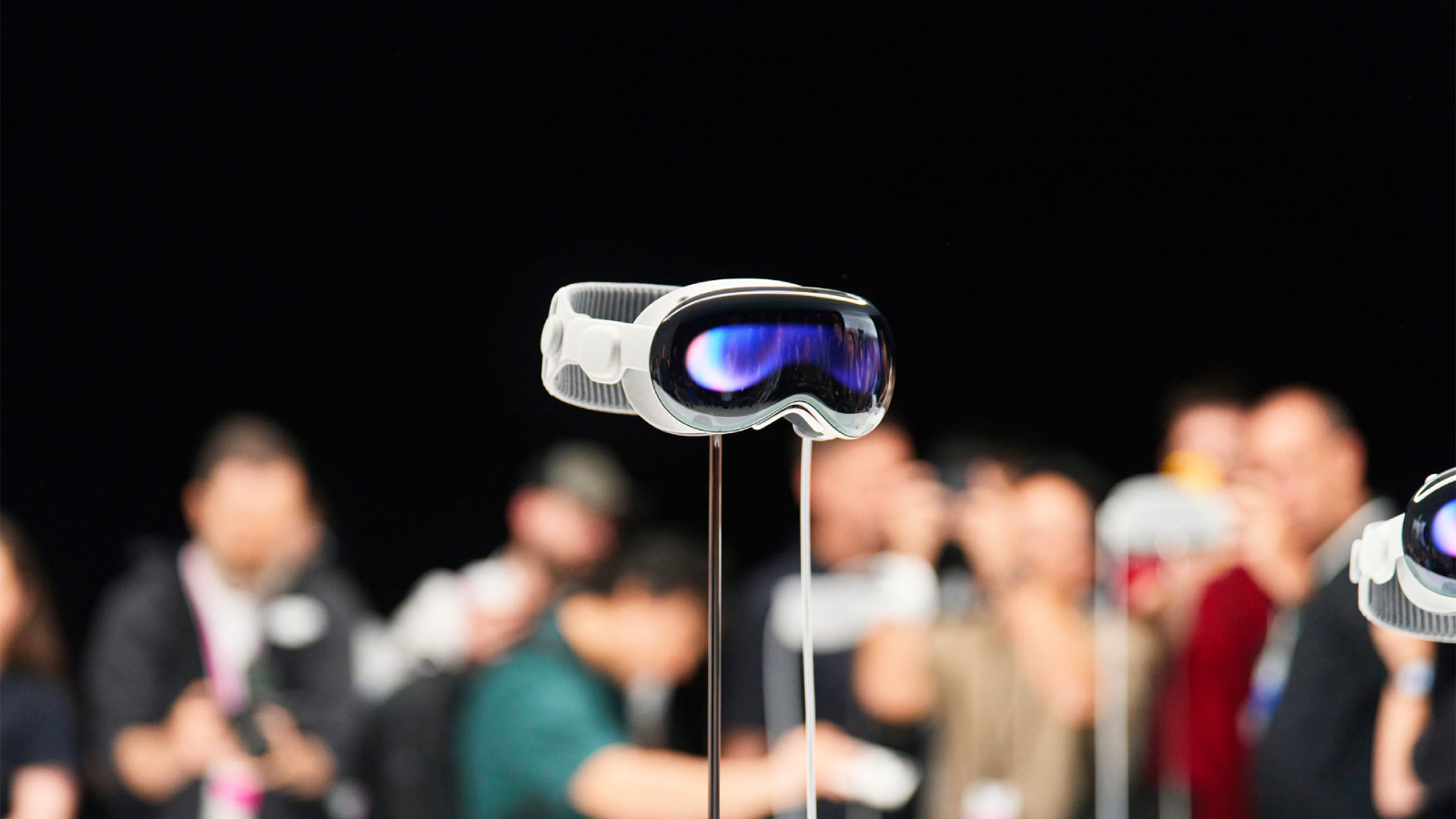![]()
Apple's Vision Pro spatial computing headset has yet to sell 100,000 units in the quarter since it launched in the U.S. in February, according to market tracker IDC (via
Bloomberg).
The device is projected to see a 75% drop in domestic sales in the current quarter, but the launch of Vision Pro internationally this month is expected to offset that decline.
IDC believes that a more affordable version at roughly half the price of the current $3,500 unit should rekindle interest in 2025, but sales are not expected to rise significantly over the coming year. Apple Vision Pro is set to launch in the United Kingdom, Canada, Australia, France, and Germany on Friday, July 12.
Reviews for the device have been mixed overall. For the most part, users have been impressed with the hardware and the technology introduced by the Vision Pro, but there are questions about the actual function of the device, the intuitiveness of the gesture-based control, the weight and comfort, and VR in general. Users have also been critical of the lack of content for the device.
"The Vision Pro's success, regardless of its price, will ultimately depend on the available content," said Francisco Jeronimo, vice president at IDC. "As Apple expands the product to international markets, it's crucial that local content is also made available."
Apple is expected to produce fewer than 400,000 Vision Pro headsets in 2024 due to the complexity of manufacturing, according to analyst Ming-Chi Kuo. However, Apple is said to be already working on a new version of the Apple Vision Pro for 2025 that will be
priced more affordably. IDC's Jeronimo predicts that will more than double sales when it arrives in the latter half of 2025.
Article Link:
Apple Vision Pro Unlikely to Hit 500,000 Sales This Year, Says IDC



